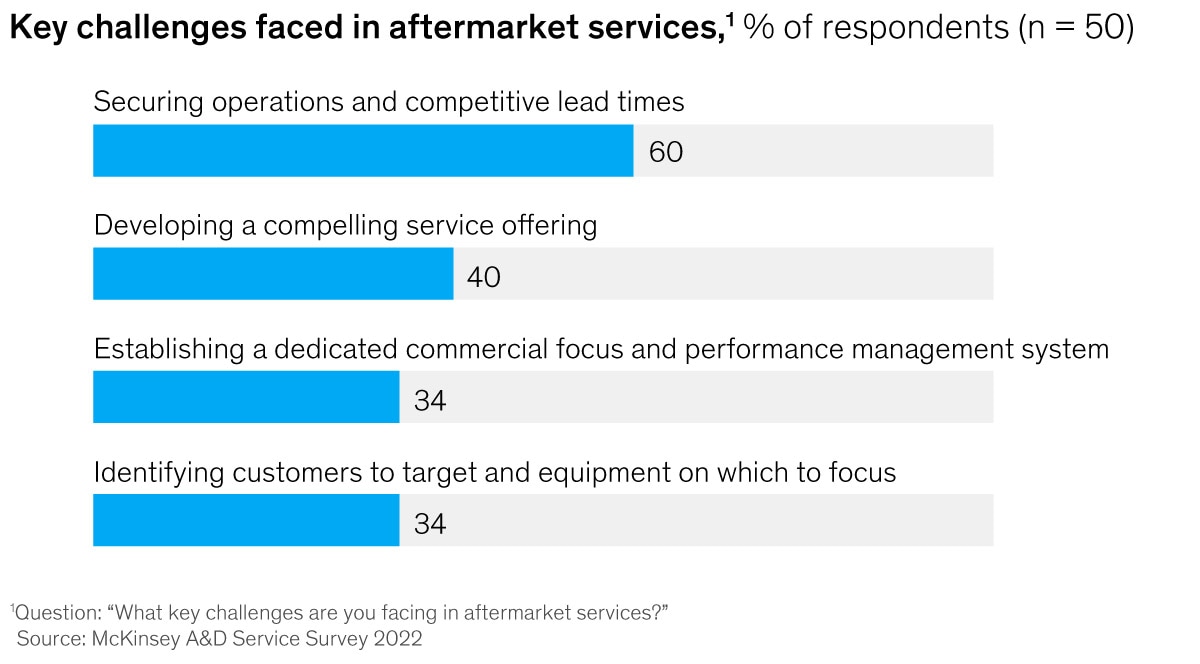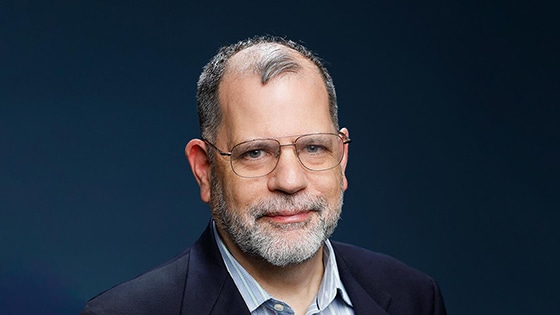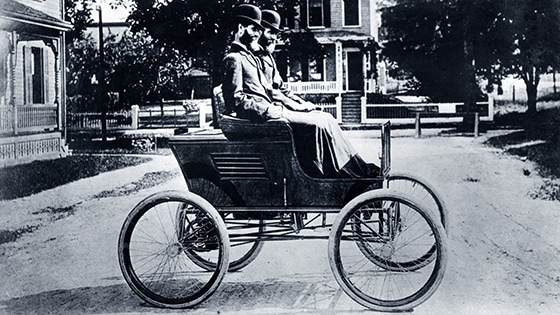|
| | | |
| |
| |
|
What would you imagine as the “car of the future,” if you were imagining it 125 years ago? At the end of the 19th century, the Stanley brothers—twins Francis and Freelan—imagined an automobile that would be aesthetically pleasing. They aspired for high but safe speeds. They strove for a vehicle that was intuitive and reliable. And, inculcated by 19th-century industry, they imagined a car that would run on steam. They created their automobile in a rapidly industrializing United States, in 1897, and five years later branded it the Stanley Steamer. For two remarkable years, in the days before the Ford Model T, it was the highest-selling car in the country.
|
|
|
When the Stanleys put their working model on the road, steam dominated commerce: it propelled the world’s navies and gave rise to an intricate network of coaling stations, coaling islands, tugboats, cruise ships, battleships, and dreadnoughts.
|
|
|
The success of steam-powered railroads did not make steam-powered automobiles a sure thing in 1897. Just like today, multiple powertrains—including internal-combustion engines (ICE) and electric motors—were available. Records show that in 1900, US companies manufactured about 4,200 automobiles: 40 percent were steam-powered, 38 percent were electric, and 22 percent were ICE.
|
|
|
Steam cars, which could be powered by a variety of fuels—from coal and charcoal to kerosene and wood—had an uneven range, at least from the driver’s perspective. One steam car reached 1,500 miles on a single load of fuel. Practically speaking, however, steam automobile range was restricted by the requirement to keep adding more water. Drivers needed to stop for water-tank top offs to keep their car kettles boiling.
|
|
|
The Stanleys produced about 500 cars in 1917; the four-passenger touring car was priced at $2,550. However, a gentleman by the name of Henry Ford produced more than 600,000 Model Ts that same year; its five-passenger touring car was priced at $360. Unlike the Stanleys, Ford thought relentlessly in systems—when developing the assembly line, when thinking of costs, and when imagining consumer expectations on speed power, range, reliability, and, especially, price.
|
|
|
There are remarkable parallels between the dawn of the 20th century’s transition from steam to ICE, and the 21st century’s challenges of moving from ICE to electric (or possibly, or in tandem, to hydrogen or to other non-carbon-emitting fuels). First is the challenge of form and function: What exactly does a great car mean? It should be a reliable, well-running vehicle to move people and goods. But increasingly, a great car is a platform, bringing technologies to bear that enhance driving safety and efficiency.
|
|
|
Second is the challenge of resources. As Henry Ford recognized, but the Stanleys seemingly never fully grasped, making a great car requires not only operating a great factory but also considering infrastructure. Even as market demand for electric vehicles today catches up to forecast expectations, leaders know that they must do everything they can to advance investment in effective supporting infrastructure. This means connecting cars to the electric power grid for refueling convenience, bolstering the grid’s resilience, and providing new electric-power utility via the power plant within each vehicle.
|
|
|
As these two epochs show, a great car can create great change, but the future always has the last word. Imagine the ecosystem of the future, and you can imagine the car of the future. In exactly that order.
|
|
|
|
This email contains information about McKinsey's research, insights, services, or events. By opening our emails or clicking on links, you agree to our use of cookies and web tracking technology. For more information on how we use and protect your information, please review our privacy policy. |
|
|
You received this email because you subscribed to The Shortlist newsletter. |
|
|
|
Copyright © 2022 | McKinsey & Company, 3 World Trade Center, 175 Greenwich Street, New York, NY 10007 |
|
|
|
|







